
Zambia’s Hydropower Crisis Worsens As Lake Kariba Water Levels Hit Record Low
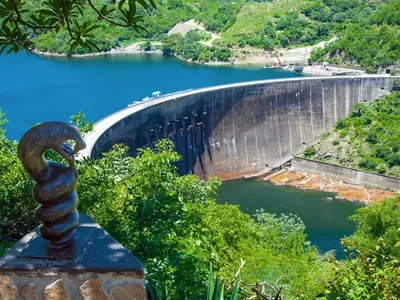
Water levels in Lake Kariba have hit a record low, threatening power supplies from the Kariba Dam, which provides electricity to Zambia and Zimbabwe.
The lake’s water levels have dropped to the lowest point in 65 years due to severe drought, which has caused extensive disruption to agriculture and energy production.
As a result, both countries have restricted water flow through the dam, leading to extensive power cuts and slowing economic growth.
Zambia’s state-owned power company, Zesco, has noted that even the recent rains have not been enough to restore water levels to a sustainable level for power generation.
Related News: Zambia’s Electricity Crisis Worsens As Over-Reliance On Hydropower Backfires
It will be recalled that West Africa Weekly previously reported that Zambia has been impacted by severe electricity shortages, with some areas experiencing blackouts lasting up to three days.
The shortages have exposed Zambia’s heavy (85 per cent) reliance on hydropower from the Zambezi River and the Kariba Dam, now producing only 7 per cent of its 1,080 MW capacity.
The severe electricity shortages have plunged the nation into darkness as the country refuses to tap into its cheap fossil fuel (like coal) reserves.
Despite having large coal reserves, Zambia generates only 13 per cent of its power from coal, mainly due to its focus on renewable energy due to ‘climate change’. Instead, Zambia exports most of its coal, ranking 60th among the world’s largest exporters of coal briquettes in 2022.
However, the recent crisis has led Zambia and Zimbabwe to pursue alternative energy sources, including coal and solar power projects, to secure a more reliable power supply.
Read More:
- Gina Prince-Bythewood Announces Open Casting Call In Nigeria For Tomi Adeyemi’s Children Of Blood And Bone
- Edo Gov. Okpebholo Nominates Oshiomhole’s Son as Commissioner to Compensate Oshiomhole, His godfather
- Customs Hits N5.07 Trillion Revenue Target Following Forex Crisis and Higher Tariffs
About The Author
Related Articles
Burkina Faso Grants Broadcast Frequency to AES Radio
Burkina Faso’s Superior Council of Communication has approved the allocation of a...
ByWest Africa WeeklyDecember 19, 2025Mass Layoffs Cast Shadow Over Guinea’s Simandou Mine as Exports Begin
Guinea has begun exporting iron ore from the long delayed Simandou project,...
ByWest Africa WeeklyDecember 19, 2025Ghana Arrests Nigerians for Cybercrime
The Minister for Communications, Digital Technology and Innovation, Ghana, Hon. Samuel Nartey...
ByJoshua ChuwangDecember 17, 2025Livestock Reform in Nigeria: Solving Insecurity
President Bola Ahmed Tinubu has taken a significant step to address the...
ByJoshua ChuwangDecember 17, 2025



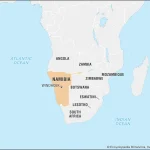

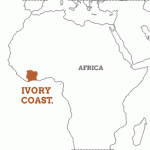


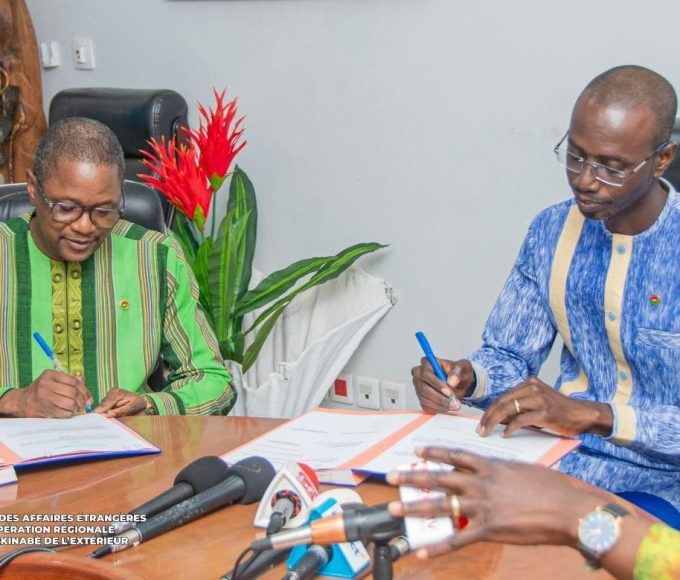
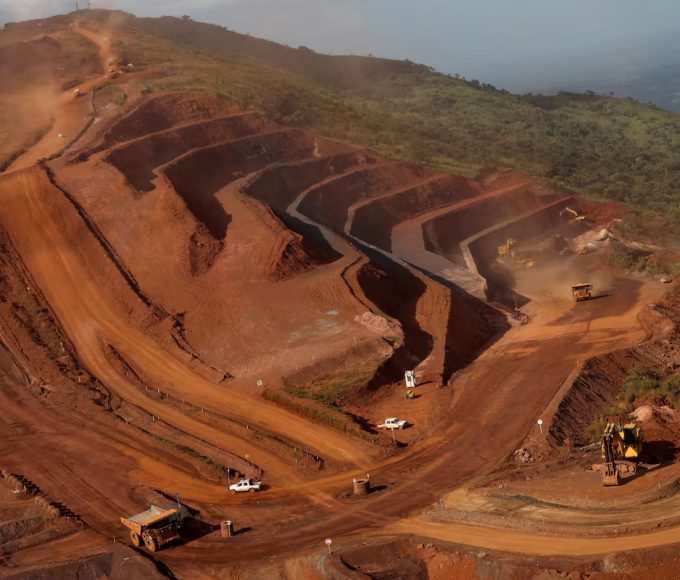
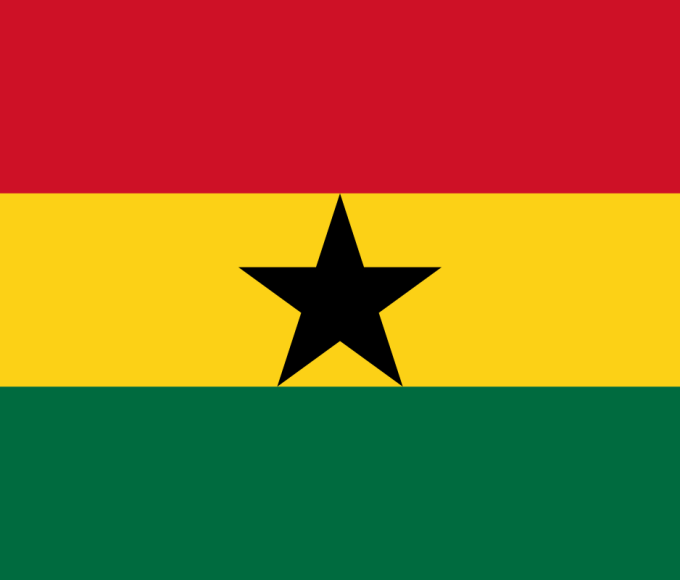
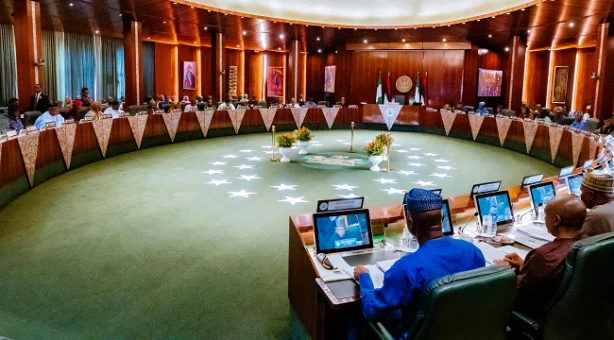
Leave a comment